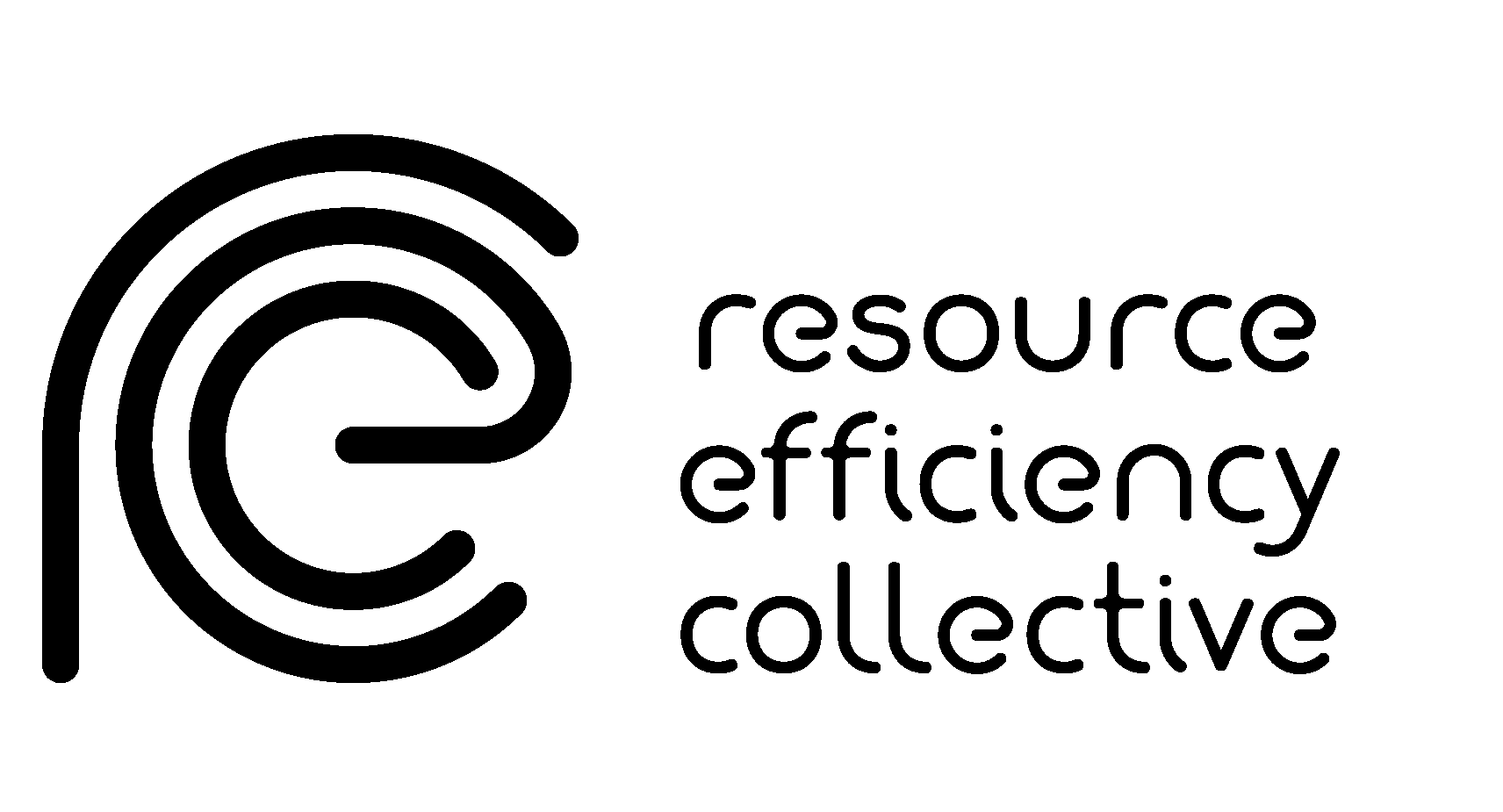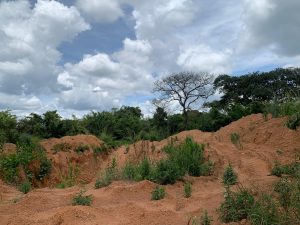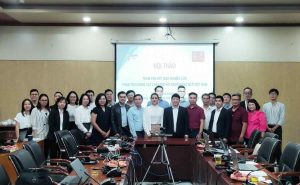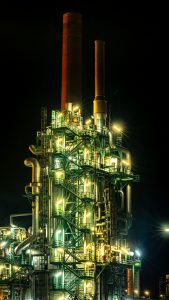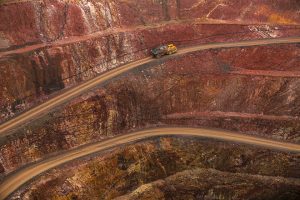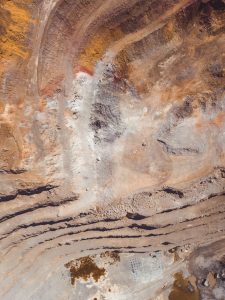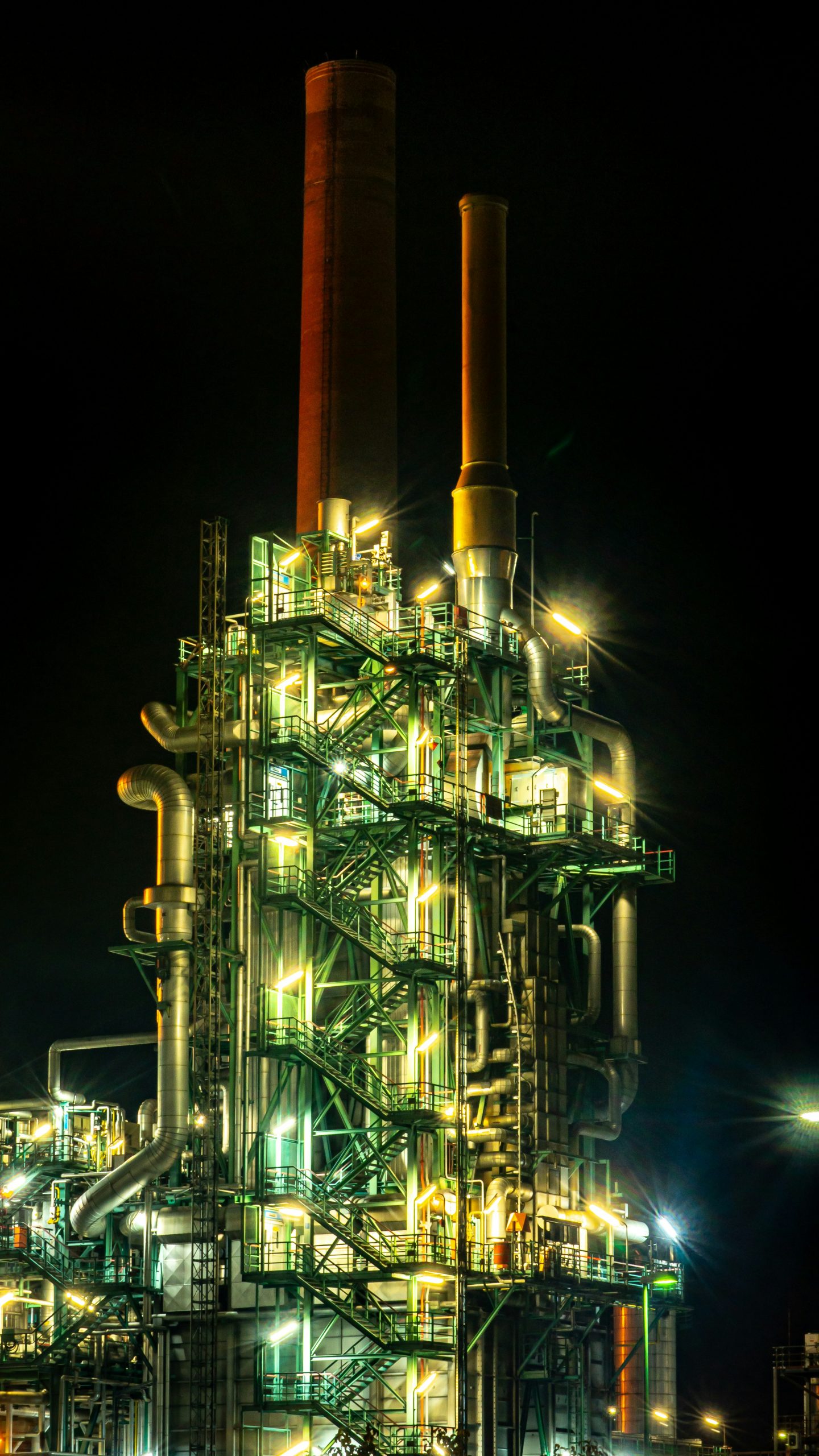Wind Turbine Blades Using Recycled Carbon Fibers: An Environmental Assessment
Lightweighting is accepted as an effective strategy to design environmentally conscious products, such as lightweighted passenger cars with enhanced fuel efficiency.1 Material lightweighting in the wind energy industry opens up the possibility of manufacturing large wind turbine blades with higher power generation capacities.4 This ability to design lighter products and differentiate them based on improved sustainability performance has led to the increase in demand for lighter and mechanically stronger materials like carbon fibers.
As a result, the wind energy industry is expected to emerge as the largest consumer of carbon fibers with its market share surpassing that of the aviation sector by 2022.5 Carbon fibers demand has also increased because the mechanical performance of longer wind turbine blades can only be met when structural components are fabricated using a carbon fiber-reinforced polymer.7,8
However, the incorporation of carbon fiber-reinforced polymer composites into wind turbine blades poses sustainability challenges to the wind energy industry in the long term because their predominantly cross-linked structure renders them difficult to recycle. Disposing of carbon fiber-reinforced polymer wind turbine blade scrap via conventional routes (landfilling or incineration) is neither an environmentally sustainable alternative nor beneficial from a circular economy perspective in the long run.9−11
It is preferential to reuse recovered carbon fiber in new lightweighting applications, such as manufacturing of wind turbine blade components, where the fundamental principle of circular economy (large volumes of recycled material to be used longer) can be justified. This study innovatively assesses the environmental performance of wind turbine blades with parts made from recycled carbon fiber materials.
Read the full paper by Venkata K.K. Upadhyayula, Venkataramana Gadhamshetty, Dimitris Athanassiadis, Mats Tysklind, Fanran, Qing Pan, Jonathan and Dalia M.M. Yacout here
(1) Heuss, R.; Müller, N.; van Sintern, W.; Starke, A.; Tschiesner, A. New York, USA. Lightweight, heavy impact; McKinsey & Company: 2012, pp. 1−24.
(4) Kauts, M. A.. Competitive strategy for entering wind turbine manufacturing industry; KTH Royal Institute of Technology: Stockholm, Sweden 2015; pp. 1−54.
(5) Das, S.; Warren, J.; West, D.; Schexnayder, S.M.. Global carbon fiber composites supply chain competitiveness analysis: ORNL/SR-2016/ 100; Oak Ridge Institute of National Labs: Oak Ridge, TN, USA 2016; pp. 1−116.
(7) Ennis, B. L.; Kelley, C. L.; Naughton, B. T.; Norris, B.; Das, S.; Lee, D.; Miller, D.,. Optimized carbon fiber composites in wind turbine blade design: SAND2019−14173; Sandia National Lab: Albuquerque, NM, USA 2019; pp. 1−70.
(8) USDOE. Quadrennial technology review: An assessment of energy technologies and research opportunities; U.S. Department of Energy: Washington DC, USA 2015; pp. 1−504.
(9) Astrom, A. H. Model for end of life treatment for polymer composite materials. KTH Royal Stockholm Institute of Technology: Stockholm Sweden, 2005.
(10) Rahnama, B. Reduction of environmental impact of disposing wind turbine blades. Gotland University: Gotland, Sweden, 2011.
(11) Zhang, J.; Chevali, V. S.; Wang, H.; Wang, C. H. Current status of carbon fibre and carbon fibre composites recycling. Composites, Part B 2020, 193, 1−15
Photo credit: Ian Van Landuyt
